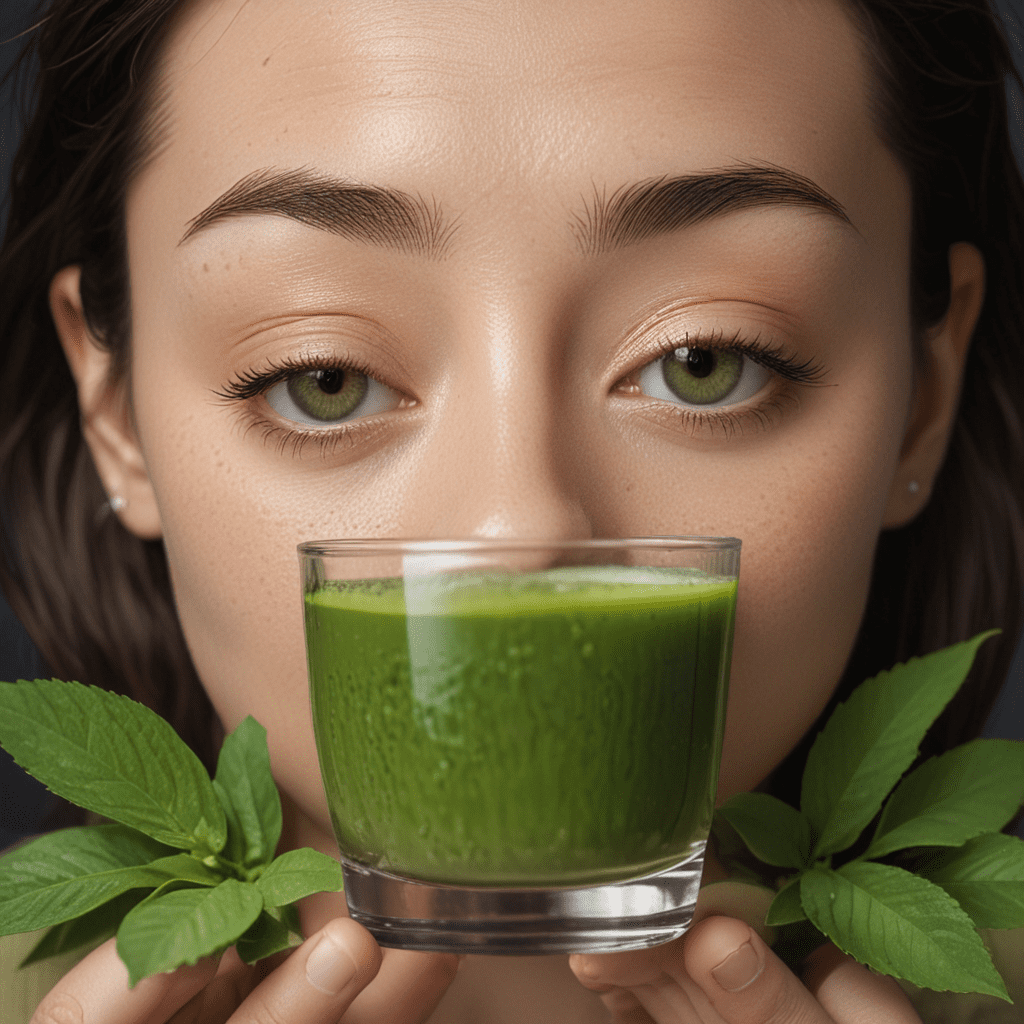
Matcha and Eye Health: Green Tea's Benefits for Vision
I. Introduction
Matcha, a finely ground green tea, has gained popularity due to its numerous health benefits. Among these is its potential to promote eye health. This article explores the science behind matcha's role in protecting and improving vision.
II. Matcha: A Nutrient-Rich Green Tea
Matcha is derived from shade-grown tea leaves that are stone-ground into a fine powder. This process preserves the tea's high nutrient content, including antioxidants, chlorophyll, and vitamins. Matcha is particularly rich in catechins, a group of polyphenols that have been linked to various health benefits.
III. Antioxidants and Eye Health
Antioxidants play a crucial role in eye health by neutralizing free radicals, unstable molecules that can damage cells and tissues. The eyes are particularly vulnerable to oxidative stress due to constant exposure to light, making antioxidants essential for maintaining healthy vision.
IV. Lutein and Zeaxanthin Protect the Macula
Matcha contains high levels of lutein and zeaxanthin, carotenoids that accumulate in the macula, the central part of the retina responsible for sharp central vision. These pigments act as natural sunglasses, protecting the macula from the harmful effects of ultraviolet (UV) light.
V. Catechins Reduce Inflammation and Oxidative Stress
Catechins, the primary antioxidants in matcha, have anti-inflammatory and antioxidant properties. They help reduce inflammation in the eyes and protect cells from oxidative damage caused by free radicals. Catechins have also been shown to improve blood flow to the eyes, promoting nutrient delivery and waste removal.
VI. Polyphenols Improve Blood Flow to the Eyes
Polyphenols, another group of antioxidants found in matcha, have been shown to improve blood flow to the eyes. This is essential for delivering nutrients and oxygen to the retina and other eye tissues, supporting their overall health and function.
VII. Matcha's Role in Preventing Eye Diseases
The combined effects of matcha's antioxidants, anti-inflammatory compounds, and blood-flow-improving properties make it a potential ally in preventing and treating various eye diseases.
VIII. Age-Related Macular Degeneration (AMD)
AMD is a leading cause of vision loss in older adults. It is characterized by the breakdown of the macula, leading to blurred central vision. Studies have shown that regular consumption of green tea, including matcha, may slow the progression of AMD and reduce the risk of developing it.
IX. Cataracts
Cataracts are a clouding of the natural lens of the eye, which can lead to blurred vision, sensitivity to light, and eventually vision loss. Antioxidants in matcha, such as lutein and zeaxanthin, have been shown to protect against cataract formation.
X. Glaucoma
Glaucoma is an eye condition characterized by increased pressure in the eye, which can damage the optic nerve and lead to vision loss. Matcha's anti-inflammatory and antioxidant properties may help reduce inflammation in the eye and improve blood flow, potentially benefiting individuals with glaucoma.
FAQs
Q: How much matcha should I consume daily for eye health?
A: While there is no specific recommended daily intake of matcha for eye health, moderate consumption, such as 1-2 cups per day, is generally considered safe and beneficial.
Q: Can I take matcha supplements instead of drinking matcha tea?
A: While matcha supplements can provide some benefits, they may not be as effective as consuming matcha tea, as the whole tea contains a wider range of nutrients.
Q: Are there any side effects of consuming matcha?
A: Matcha is generally safe for most people, but excessive consumption can lead to side effects such as anxiety, headaches, and digestive issues. Individuals sensitive to caffeine should limit their intake or avoid matcha altogether.


